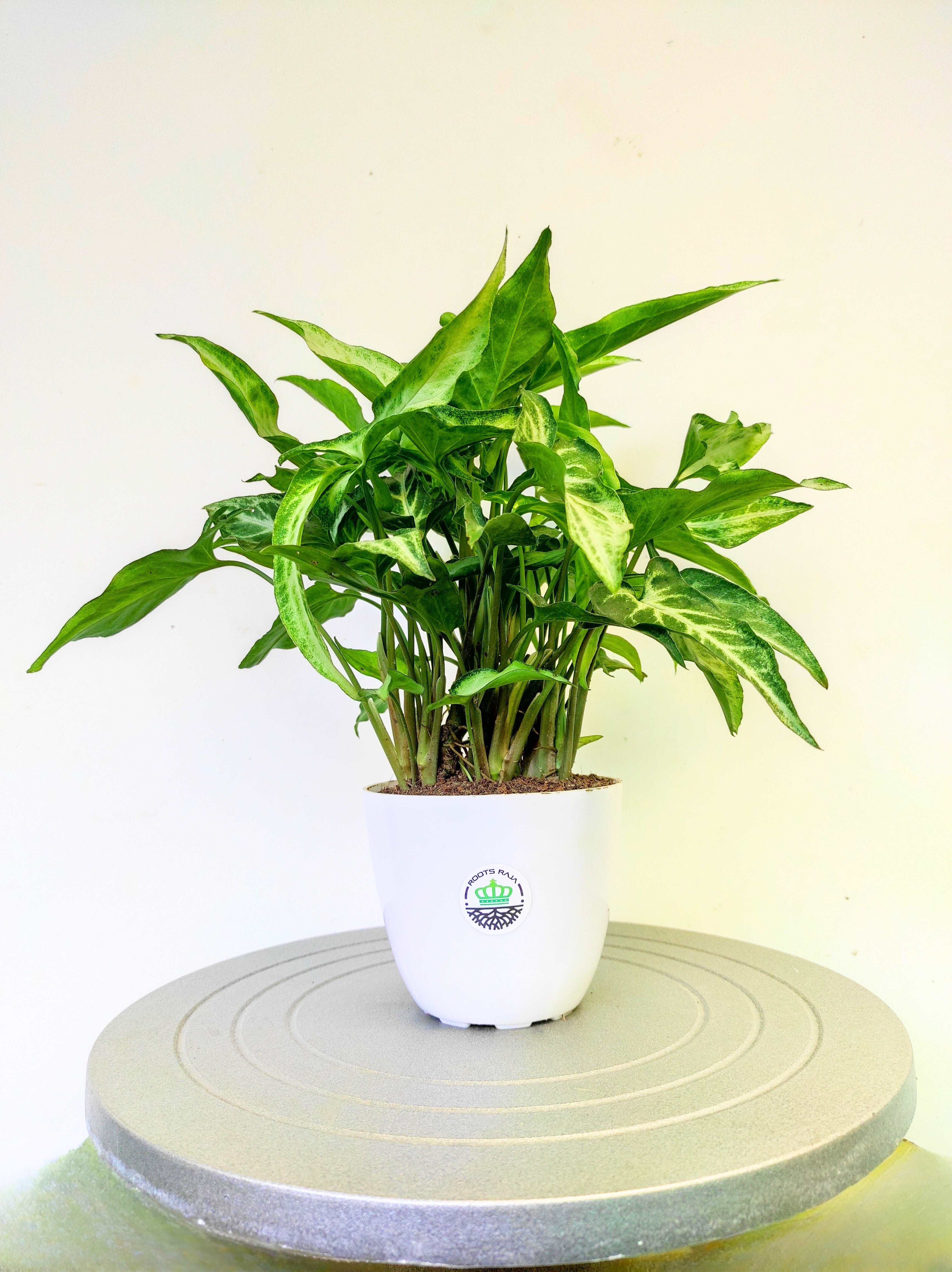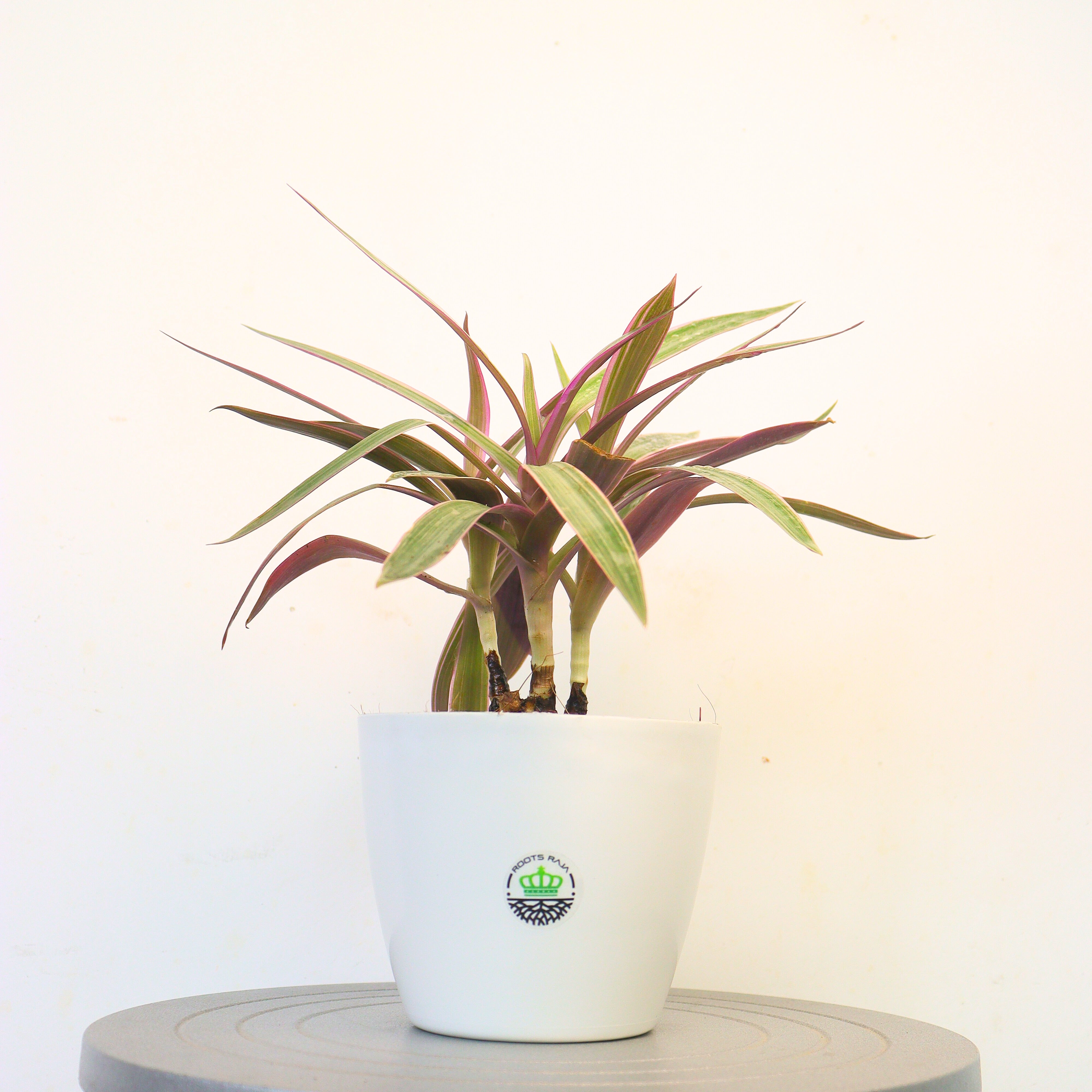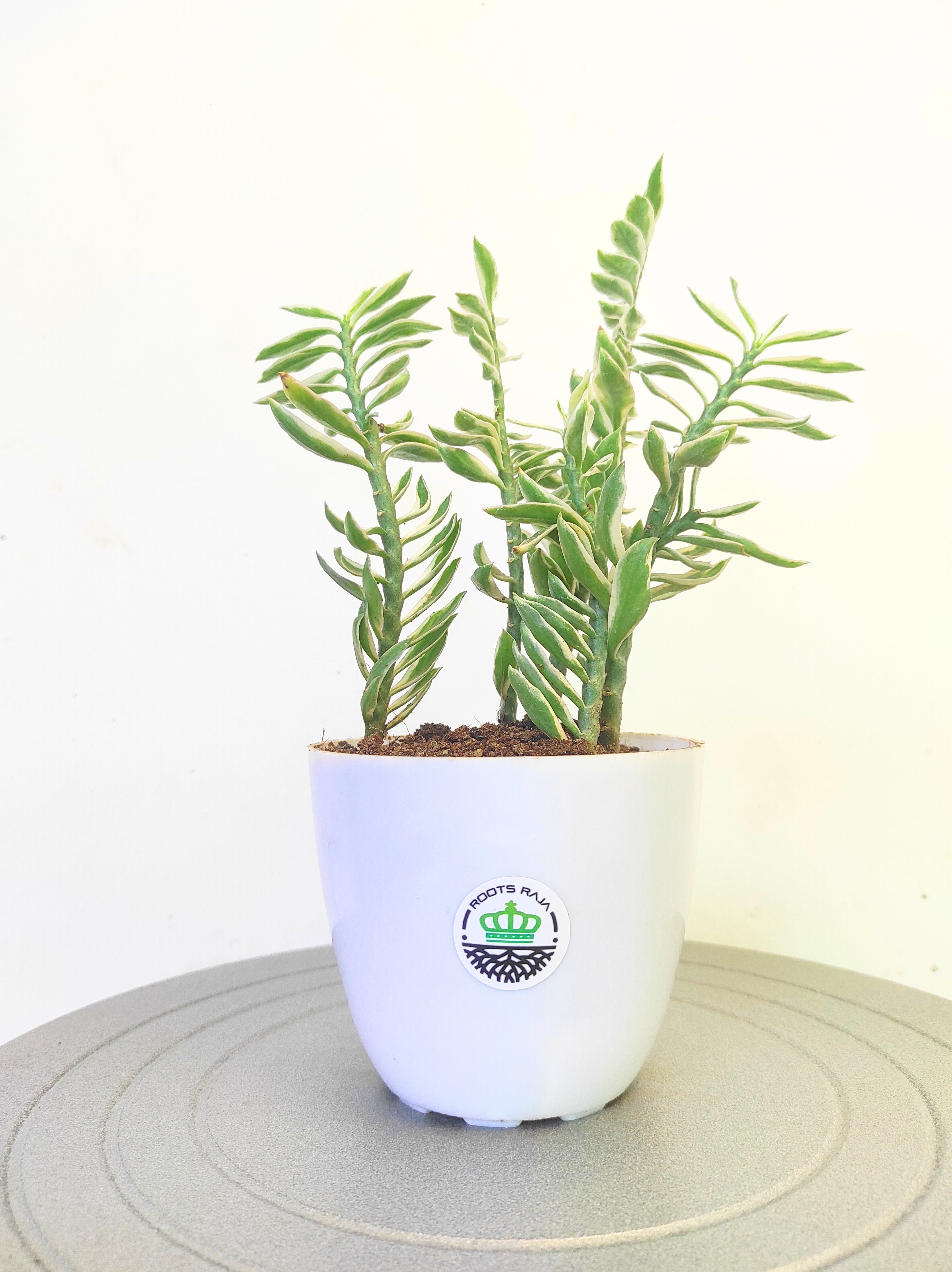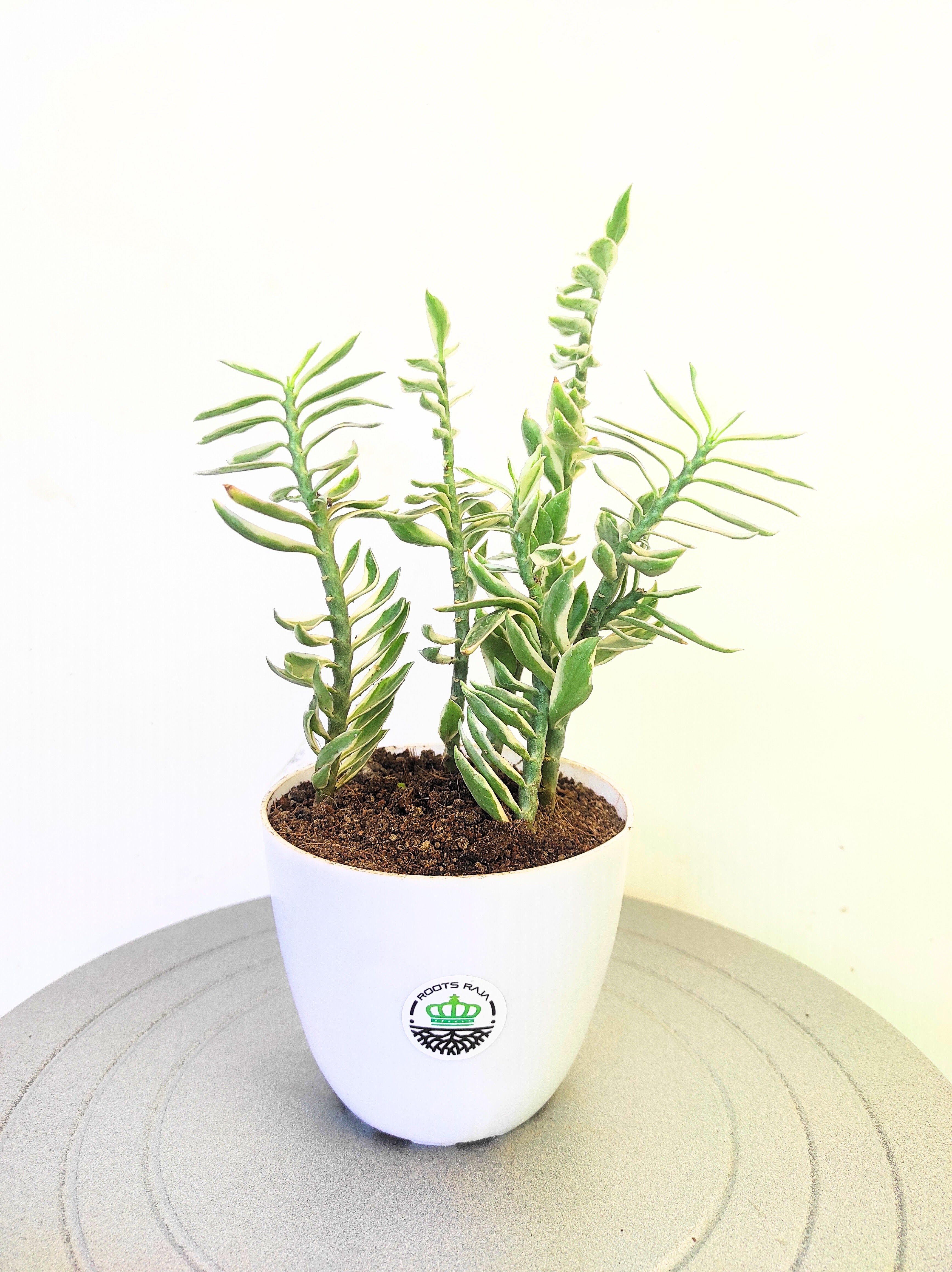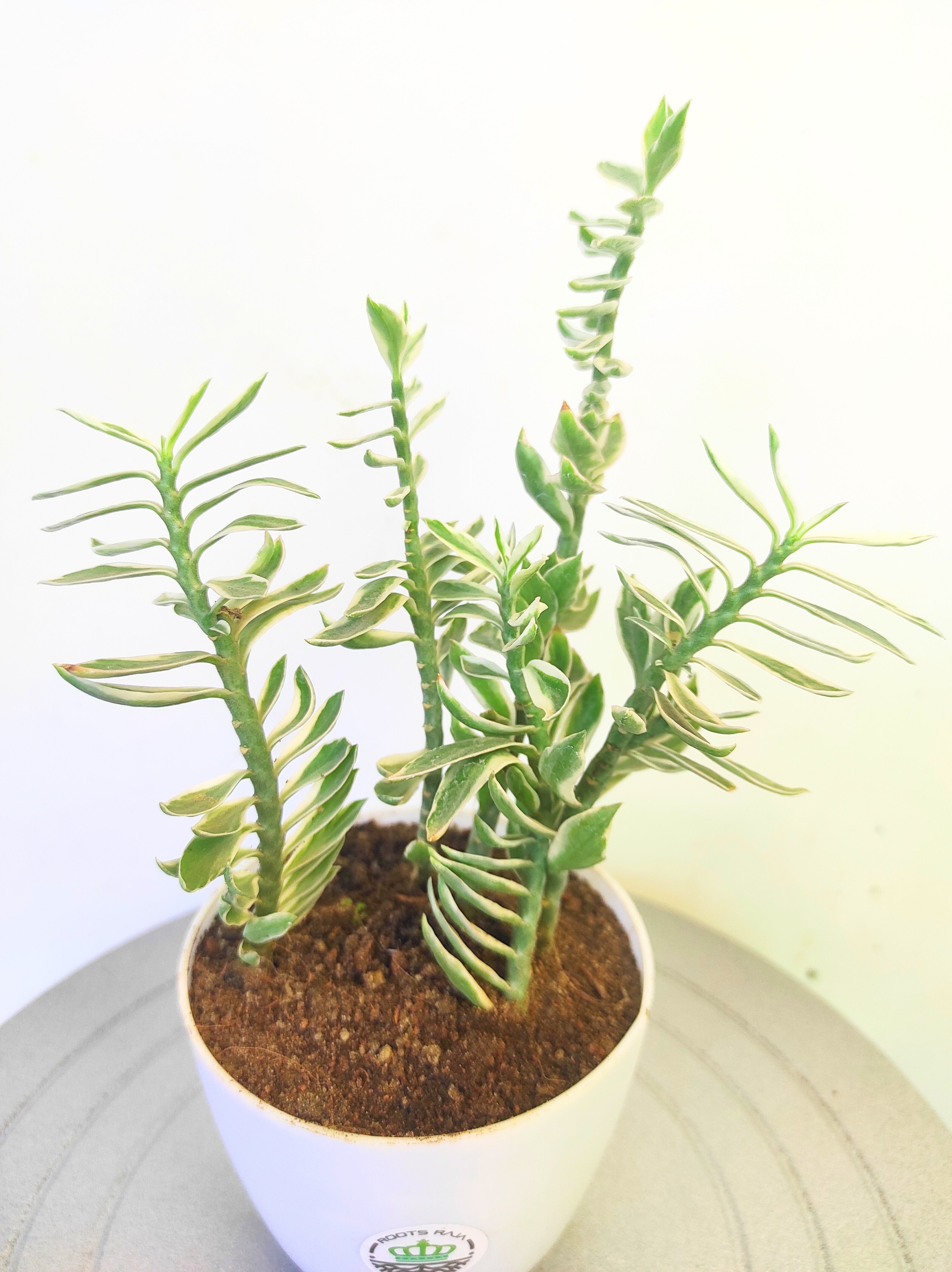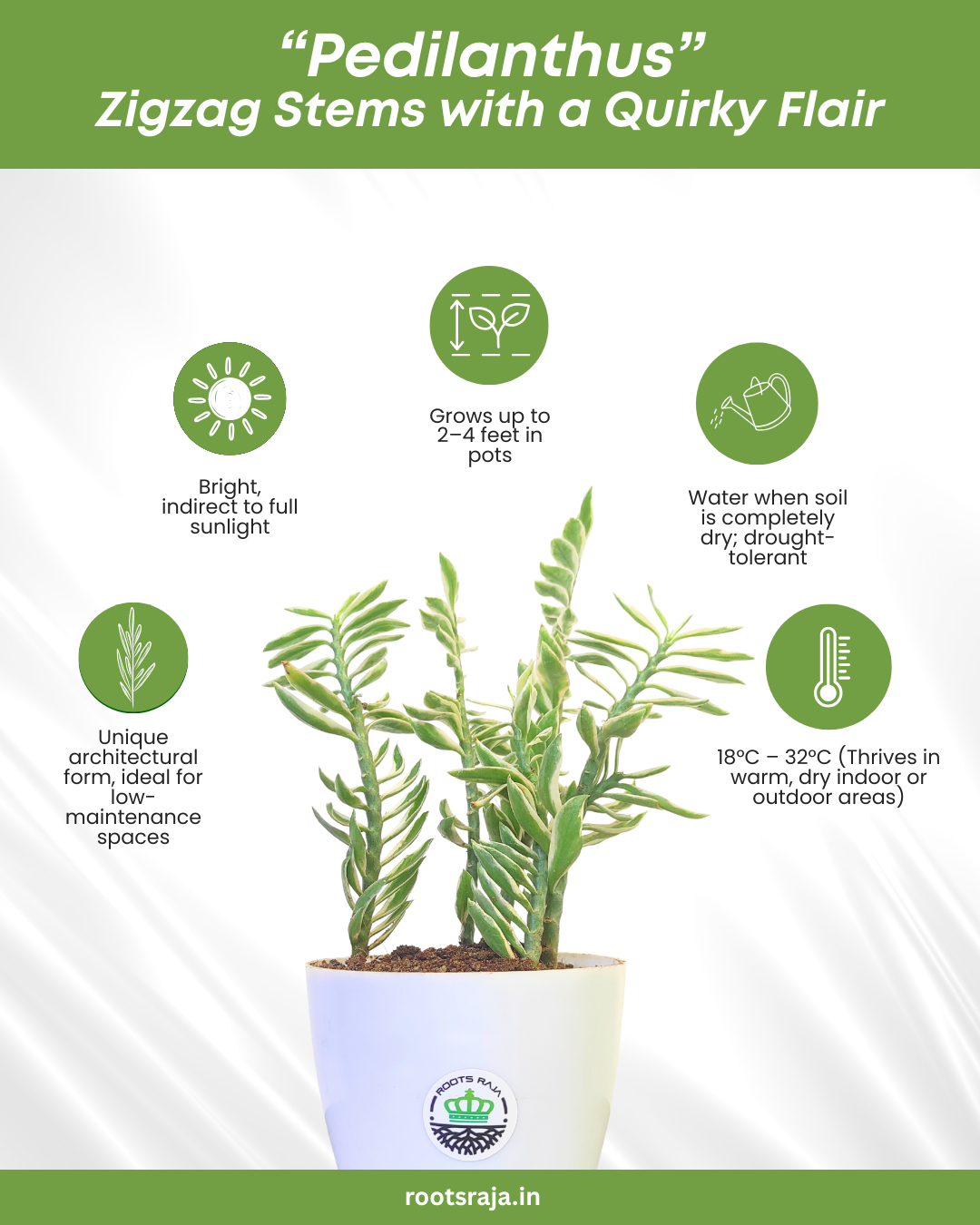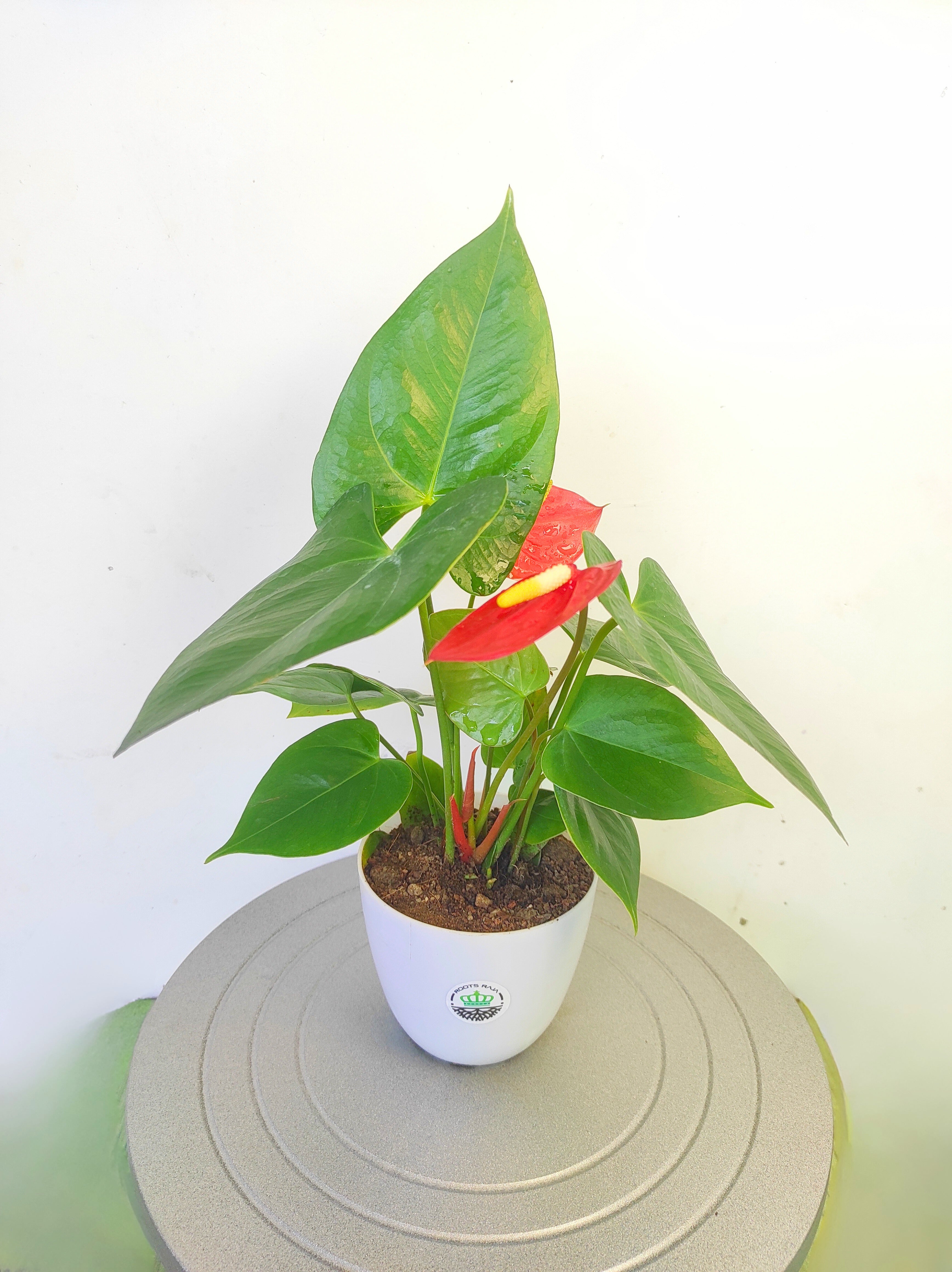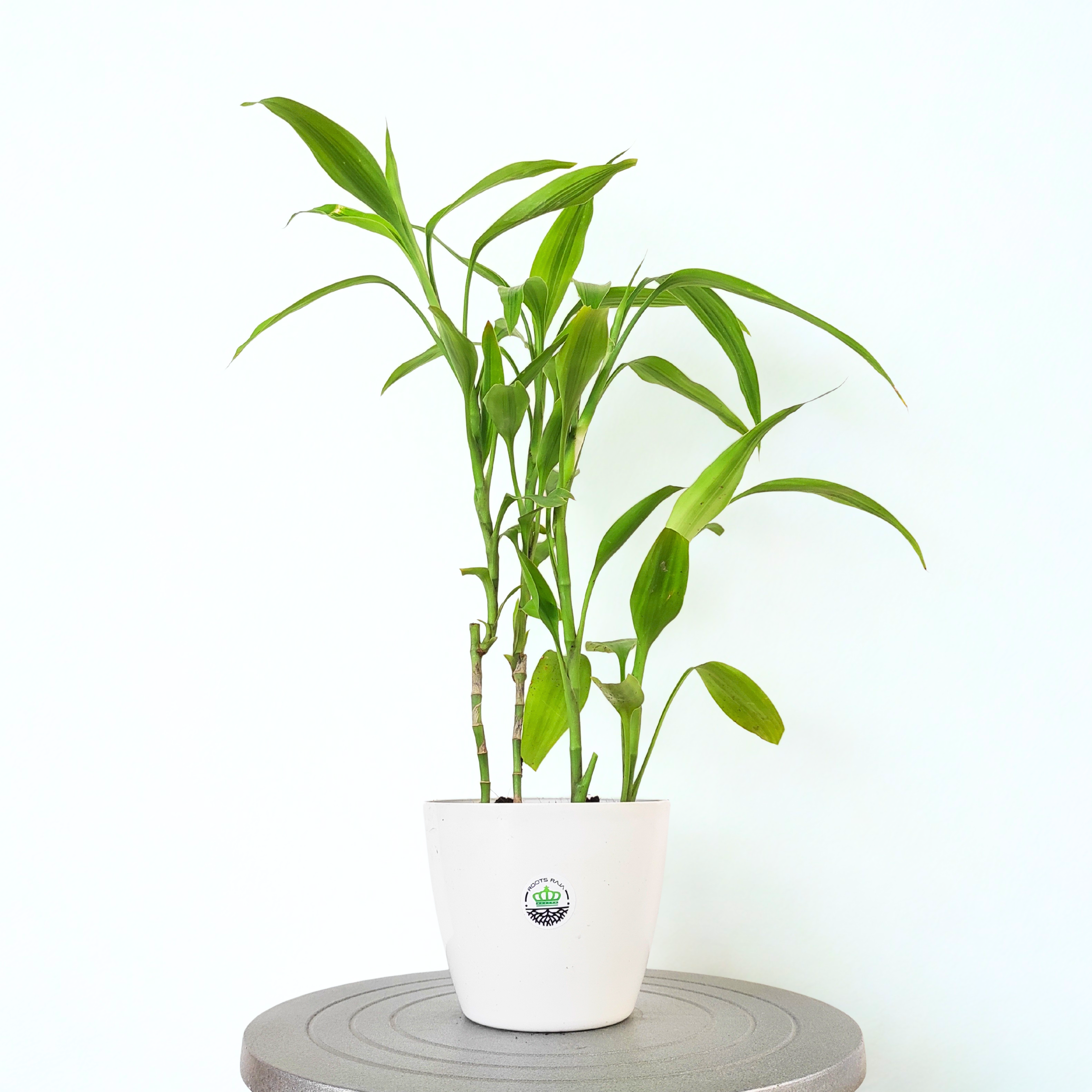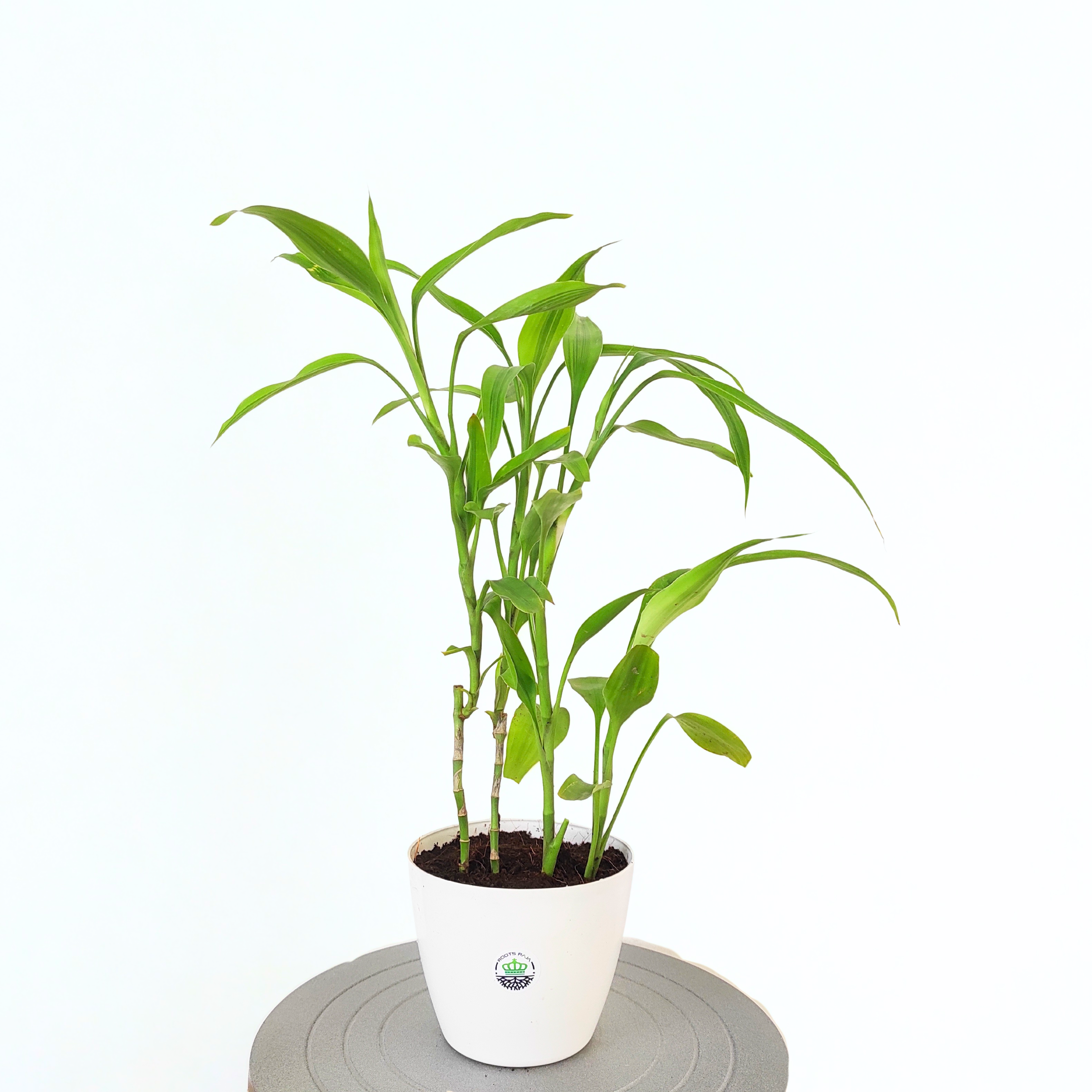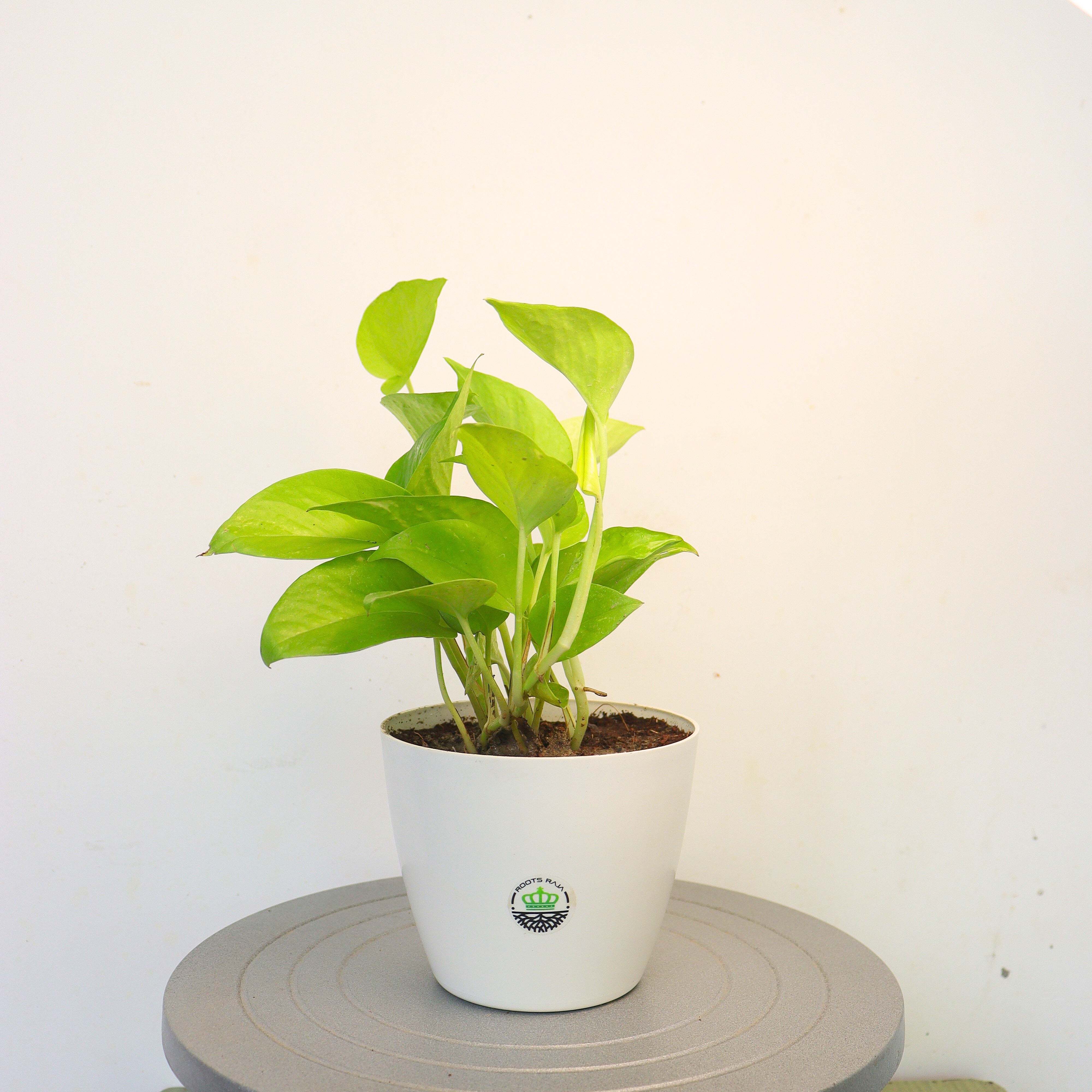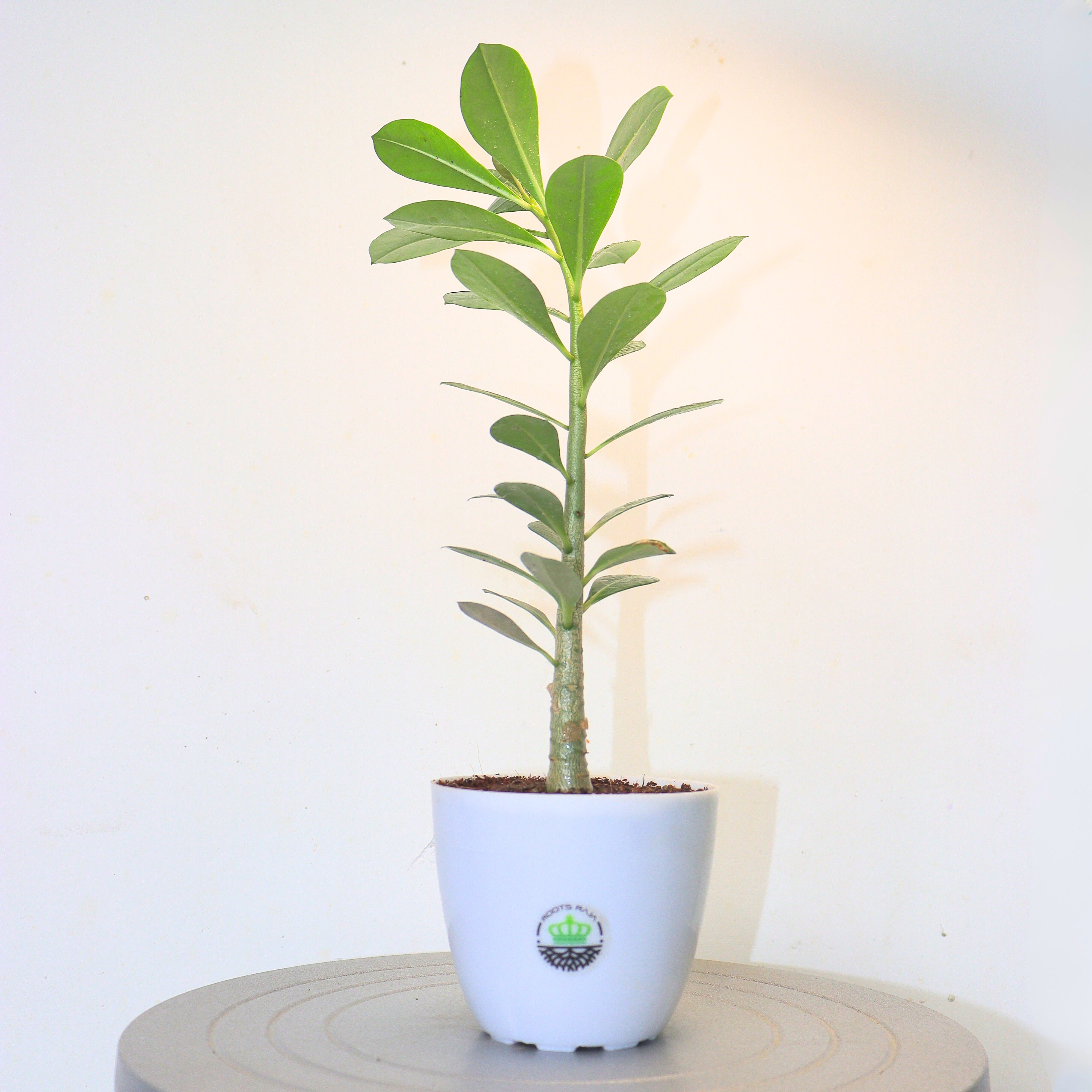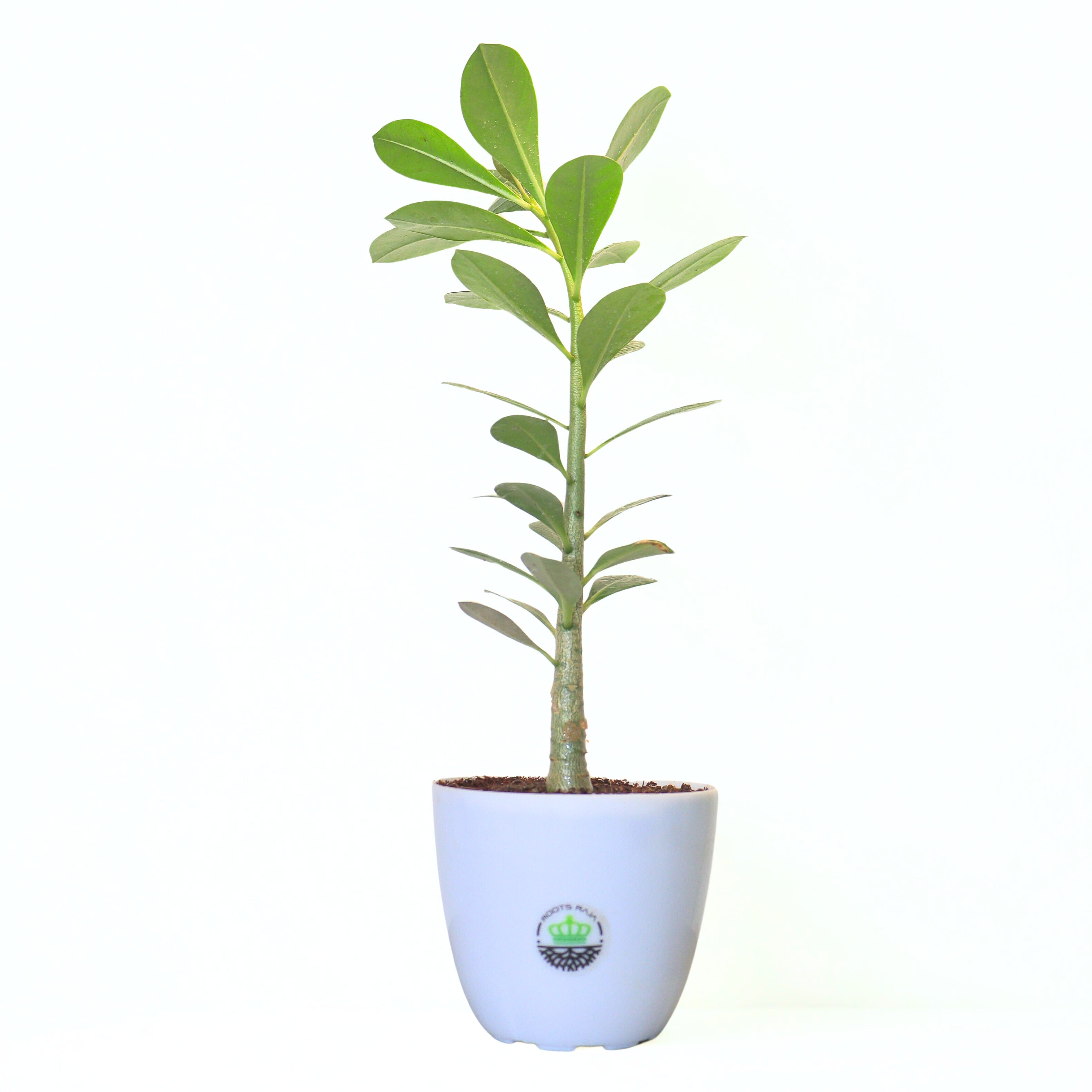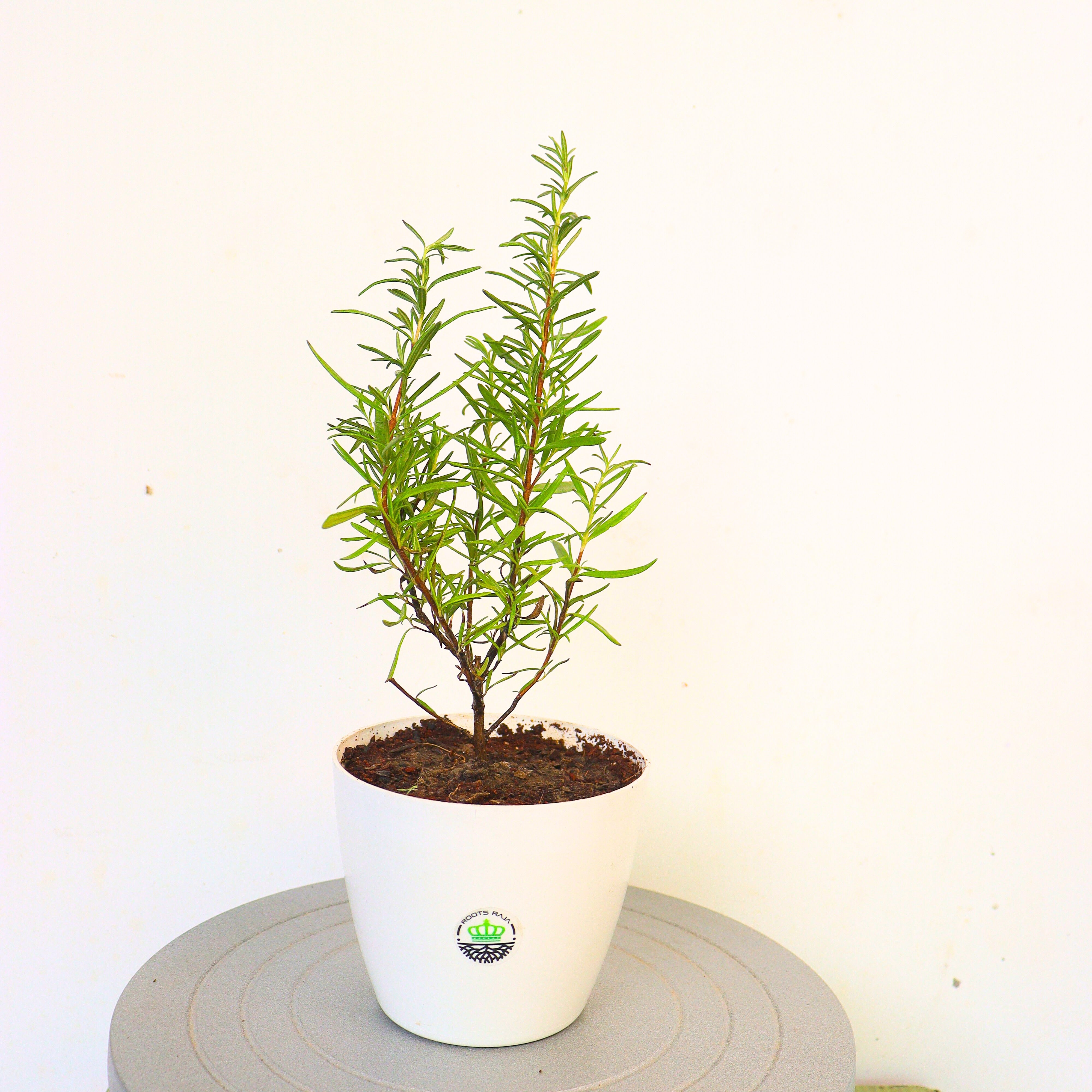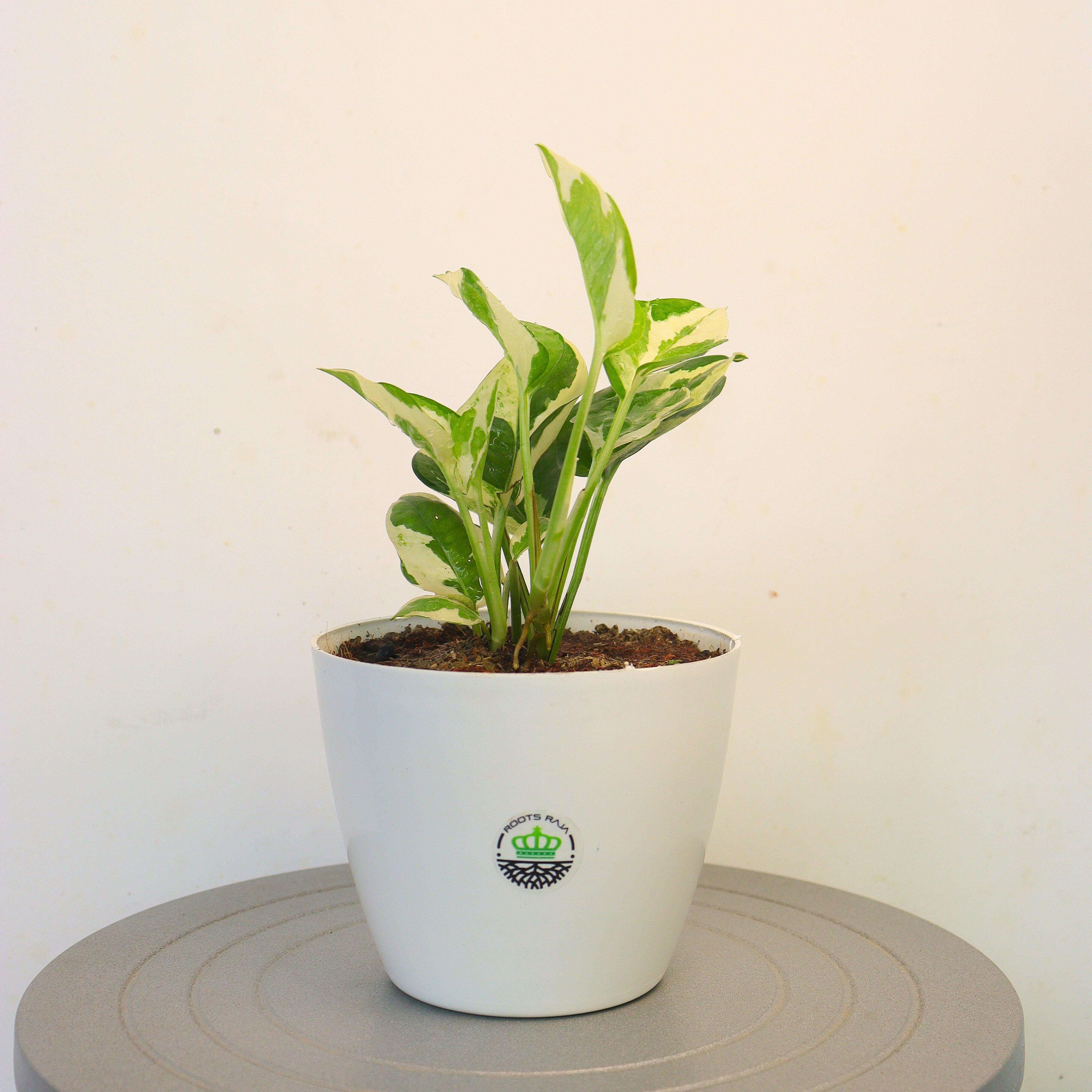-27%
Pedilanthus
Sale price
Rs. 249.00
Regular price
Rs. 339.00
Scientific Name - Euphorbia tithymaloides L.
Common names known by - Devil's Backbone
Ask a question
Share
Hurry up! Only 7 item(s) items left in stock
Couldn't load pickup availability
Description Read more Read less
The Pedilanthus tithymaloides, a captivating succulent known as Devil's Backbone or Zig Zag plant, is celebrated for its intriguing growth pattern...
Care Read more Read less
Light:
Bright, Indirect Sunlight: Pedilanthus thrives in bright, indirect sunlight. Avoid intense, direct sunlight, especially during the hottest ...
Benefits Read more Read less
Ornamental Value:
Its unique zigzagging stems and, in some varieties, vibrant foliage make it a visually appealing addition to indoor and outdoor ...

